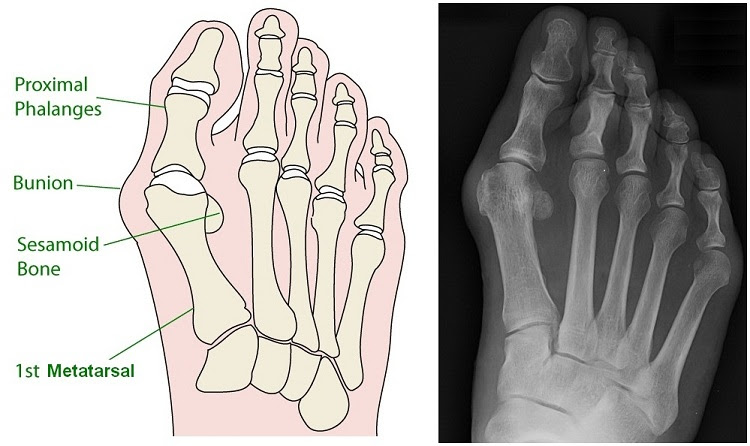Those who suffer with golfer’s elbow know exactly how painful it can be. You may not be aware of this but golfer’s elbow affects more than just golfers.
Golfer’s elbow is also known as medial epicondylitis. The medial epicondyle is the name given to a small bump on the inner side of the upper arm bone (humerus) where it connects to the forearm bone (ulna) at the elbow. Muscles that control the wrist and hand movements connect to the medial epicondyle. Medial epicondylitis (golfer’s elbow) occurs when the tendons to those muscles become stressed and irritated.
You may be wondering why these tendons become stressed and irritated. It’s generally due to poor body mechanics while using the arms and hands during certain repetitive activities (such as swinging a golf club). Golfer’s elbow is the common name given to this painful condition, however other repetitive activities such as throwing a ball, swinging a racquet or using hand tools can also contribute to medial epicondylitis.
If you develop pain on the inner side of your elbow that worsens with repetitive hand and arm activities, you may be suffering from golfer’s elbow.

Sometimes patients wonder why adjustments to the shoulder and wrist are necessary to correct this condition. It’s because the forearm and upper arm bones connect to both the shoulder and wrist. Therefore merely treating the elbow may only act as a band-aid and may not allow the elbow condition to become fully corrected.
You should also evaluate your body posture and mechanics as you engage in repetitive activities or sports that you practice in on a regular basis. It may even be helpful to video tape yourself as you perform those activities. You may be surprised by what you’ll learn when watching yourself on video.
After you’ve completed your chiropractic treatments and your elbow has become fully stabilized, it would be a good idea to return periodically for a “fine-tuning” chiropractic adjustment to help maintain healthy alignment and function.
***Disclaimer: This content is solely for informational purposes and should not be substituted for medical or chiropractic advice. It is recommended that you seek professional advice by a licensed health care professional.
|
Scott Chiropractic and Wellness
Matthew Scott, DC
5080 Virginia Pkwy Ste 550
McKinney, TX 75070
(972) 540-5445 |



